OM SYSTEM OLYMPUS M.Zuiko Digital ED 60mm F2.8 Macro For Micro Four Thirds System Camera, Weather Sealed Design, Focus Limit Switch Bright
60mm macro Micro Four Thirds lens.
Weatherproof Macro lens withstands harsh conditions
7.4 inch minimum working distance, Focal Length – 60 mm
1x 35mm equivalent maximum magnification
13 separate lens elements in 10 groups assures faithful reproduction of finest details
Focus limit switch speeds up auto focus, Built-in working distance window for subject distance confirmation
$399.99 $549.99
Price: $549.99 - $399.99
(as of Jul 14, 2024 18:53:48 UTC – Details)
Customers say
Customers like the size, weight, value, and image quality of the camera lenses. For example, they mention it’s a compact, light, and amazingly sharp lens that’s easy to carry. They appreciate the build quality, saying it’ll protect the lens from weather. Customers also like the versatility, ease of use, and focal length. However, opinions are mixed on focus.
AI-generated from the text of customer reviews
Based on 7 reviews
Add a review Cancel reply
Related products
-
Batteries, Batteries & Chargers, Camera & Photo, Camera Batteries, Accessories, Camera, Electronics
Synergy Digital Camera Battery, Compatible with Olympus Stylus Tough 8000 Digital Camera, (li-ion, 3.7V, 1000mAh) Ultra High Capacity, Replacement for Olympus LI-50B Battery
 Batteries, Batteries & Chargers, Camera & Photo, Camera Batteries, Accessories, Camera, Electronics
Batteries, Batteries & Chargers, Camera & Photo, Camera Batteries, Accessories, Camera, ElectronicsSynergy Digital Camera Battery, Compatible with Olympus Stylus Tough 8000 Digital Camera, (li-ion, 3.7V, 1000mAh) Ultra High Capacity, Replacement for Olympus LI-50B Battery
0 out of 5(8)Product Description


The Power to Keep You Going and Going


Li-Ion 1000 mAh Rechargeable Batteries
Synergy Digital is a family-owned manufacturer and distribution house that specializes in servicing the battery needs of independent electronic retailers of the public. As technology continuously progresses, Synergy Digital aims to remain on the cutting edge of battery chemistry and technology. Synergy Digital branded products are well-produced batteries, battery chargers, and other accessories, ensuring they can continue to deliver the most advanced products for many years to come. Synergy Digital – delivers a powerful portfolio of groundbreaking products and consumer-led innovation all around the globe.


Ultra Hi-Capacity Battery
Each Synergy Digital battery has the capacity to provide long-lasting, continual use. Boasting a high-energy density and high-power capability at a more constant rate, these batteries are made of Li-Ion to provide long-lasting, reliable power.


Made with High-Quality Japanese Cells
Using these powerful Synergy Digital Ultra Hi-Capacity Batteries, you can keep your digital camera consistently powered for longer periods of time. A Li-Ion battery delivers substantially more current than any other battery in its class, boosting performance when servicing high-drain devices. In addition, each Synergy Digital battery is made with high-quality Japanese cells to ensure long-lasting use, so you never have to worry about draining off the battery the moment you really need it.


Provides Safe, Ultra-Strong Power for Your Digital Camera
These Synergy Digital rechargeable ultra-high capacity batteries can be charged over and over thousands of times, so there is less waste. Simply charge your camera battery and enjoy ultra-strong power for your device time and time again. Not only do you get more bang for your buck, but Li-Ion is also free of toxic heavy metals. As such, these batteries are safer to use.


Compatibility With Your EOM Battery
Synergy Digital Batteries are compatible with the original OEM battery. Its ultra-high-capacity provides longer-lasting use than the original OEM battery. Therefore, you can rest assured that your camera will perform at its highest standard possible.
Compatibility with Your OEM Battery Plantronics RB50, Sakar BP8000CL, Ultralast UL-KLIC8000, Ultralast KLIC8000, Dantona CAM-KLIC8000, Empire BLI-300, Digipower BPKD80, Bower XPDK8000, Pearstone KLIC-8000, Digital Concepts BP-8000CL, GTMax 88515777631, Promaster PKLIC-8000, Unomat DPA-K8000, Battery Biz DR9708, Battery Biz B-9708, Adorama ADKLIC8000, Impact CM-KLIC8000, Inov8 B1417, Kinamax BTRKLIC8000J01, Neewer 10000024, Power 2000 ACD-263, Duracell DR970, CTA DB8000, CTA DB-8000, Vidpro ACD-263, Polaroid, PLBTKD8000, Kodak KLIC-8000, Kodak 8324154 , Kodak Klic8000, Kodak Klic-8000/RB50, Kodak Klic8000/RB50, Energizer ER-DKLIC8000, Lenmar DLK8000, Maximal Power DB KOD KLIC-8000, Maximal Power BT-KLIC8000 and many more…
SKU: n/a -
Headphones - Earbuds & Accessories, Headphones & Earbuds, On-Ear Headphones, Electronics, Headphones
ARTIX CL750 On-Ear Headphones Wired with Mic — Noise Isolating Plug in Headphones, Computer Headphones with Microphone, Headphones for Laptop, Headphones Corded, Headphones with Cord (Aux Jack 3.5mm)
 Headphones - Earbuds & Accessories, Headphones & Earbuds, On-Ear Headphones, Electronics, Headphones
Headphones - Earbuds & Accessories, Headphones & Earbuds, On-Ear Headphones, Electronics, HeadphonesARTIX CL750 On-Ear Headphones Wired with Mic — Noise Isolating Plug in Headphones, Computer Headphones with Microphone, Headphones for Laptop, Headphones Corded, Headphones with Cord (Aux Jack 3.5mm)
0 out of 5(13)From the brand




Our Mission
At Artix, our mission is to deliver high quality, reliable products featuring the latest technology in the audio space, held to a higher standard than our competitors. Our experts have studied professional sound reproduction and applied this knowledge for use in all aspects of your life. We designed each item with the needs of our closest friends and family in mind.
Headphones with up to 20% OFF
How did we get our start?
We asked ourselves this one very important question: Why does quality always seem to mean paying higher prices? We decided to work with our audio and electronic professionals to find out if we could offer higher quality than our competitors, but make our products affordable for all
What makes our products unique?
Our headphones are all designed with your daily needs and convenience in mind. They are all easy to use, offer durability to last, and are both stylish to match your unique personalities and easily portable to go wherever you go.


Why do we love what we do?
We are a team of normal everyday people who got tired of having to break the bank to offer our family quality headphones. We love being able to offer families products that will last through their normal use without hurting their pockets.
Our Products Are Top Quality
Our head phones are all built with the best materials, all chosen by our professional audio engineers to deliver the best possible sound reproduction. We ensure you’ll feel like you’re right in the middle of a live show when listening through Artix over headphones.
🎵 HIGH-QUALITY SOUND – Artix wired headphones offer immersive, balanced audio with rich bass, 40mm drivers, and noise-blocking cushions for focused listening. Enjoy reliable wired connection and hands-free calls with the built-in microphone.
🎧 EASY TO USE – The wired headphones with wire are easy to use with a simple design and a 3.5mm jack that is compatible with most devices. The long cord provides a comfortable fit and allows you to move around freely without getting tangled. The built-in mic makes it easy to take hands-free calls, and the volume control is easy to reach. ⚠️ NOTE: the remote controller is compatible only with mobiles and Macbook computers!
🎙️ BUILT-IN MICROPHONE – The Artix wired headphones enable hands-free calling, podcast recording, and on-the-go music listening. Positioned on the wire, the microphone ensures clear, high-quality audio in noisy surroundings. These comfortable headphones are suitable for extended wear.
🔇 PREMIUM NOISE ISOLATION – Artix headphones over ear can enhance your listening experience, making them the perfect computer, pc, phone, laptop, tablet & mobile headphone for enjoying your media while commuting, exercising, or working – anytime. Whether you’re working in a noisy office or commuting on a crowded train, our wired earphones with premium noise isolation can help you create a peaceful listening environment.
🔨 Durable construction: Artix plug in headphones for iPad are built to last, with a sturdy and rugged design that can withstand everyday wear and tear. These wired headphones are built to last with a durable construction that can withstand everyday wear and tear. The ear cups are made of soft, cushioned material that provides a comfortable fit, even for long periods of time. The headband is also adjustable, so you can find the perfect fit for your head.SKU: n/a -
Headphones - Earbuds & Accessories, Headphones & Earbuds, Over-Ear Headphones, Electronics, Headphones
Picun B8 Bluetooth Headphones, 120 Hours Headphones Wireless Bluetooth, Hands-Free Calls, 3EQ & Game Mode, Foldable Headphones Over Ear for Travel Home Office Cellphone PC
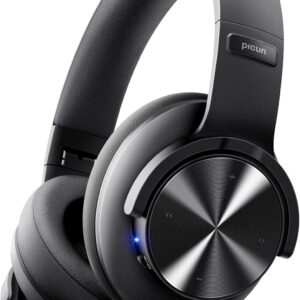
-
Car & Vehicle Electronics, Car Audio, Car Electronics, Car Stereo Receivers, Electronics, Vehicle electronics
Portable Apple Carplay Screen for Car, 9″ Wireless Apple Carplay & Android Auto,4K Dash Cam,1080p Backup Camera DVR,Car Audio Receivers GPS Navigation Mirror Link, Bluetooth,FM, Siri
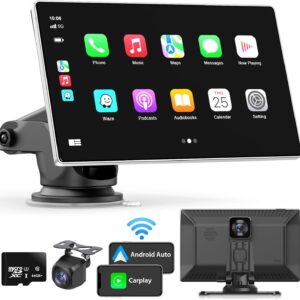 Car & Vehicle Electronics, Car Audio, Car Electronics, Car Stereo Receivers, Electronics, Vehicle electronics
Car & Vehicle Electronics, Car Audio, Car Electronics, Car Stereo Receivers, Electronics, Vehicle electronicsPortable Apple Carplay Screen for Car, 9″ Wireless Apple Carplay & Android Auto,4K Dash Cam,1080p Backup Camera DVR,Car Audio Receivers GPS Navigation Mirror Link, Bluetooth,FM, Siri
0 out of 5(0)SKU: n/a -
Camera & Photo, Digital Cameras, Point & Shoot Digital Cameras, Camera, Electronics
Olympus Tough TG-7 12 Megapixel Shockproof and Waterproof Digital Camera with F2.0 Lens and TruePic VIII Image Processor (Red)
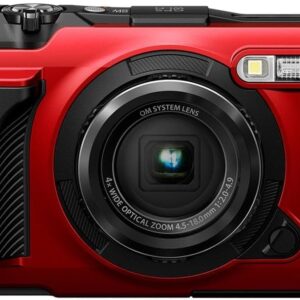

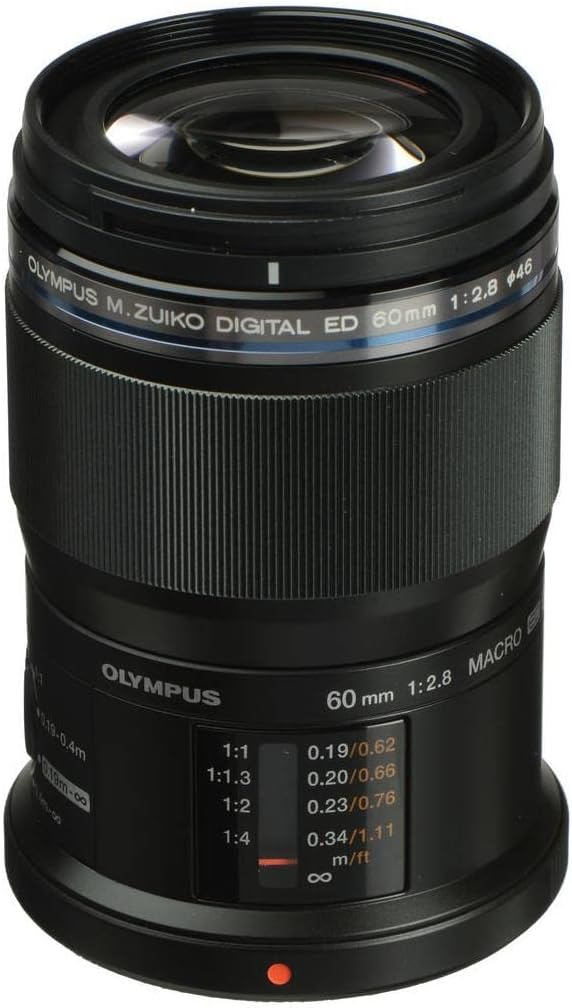


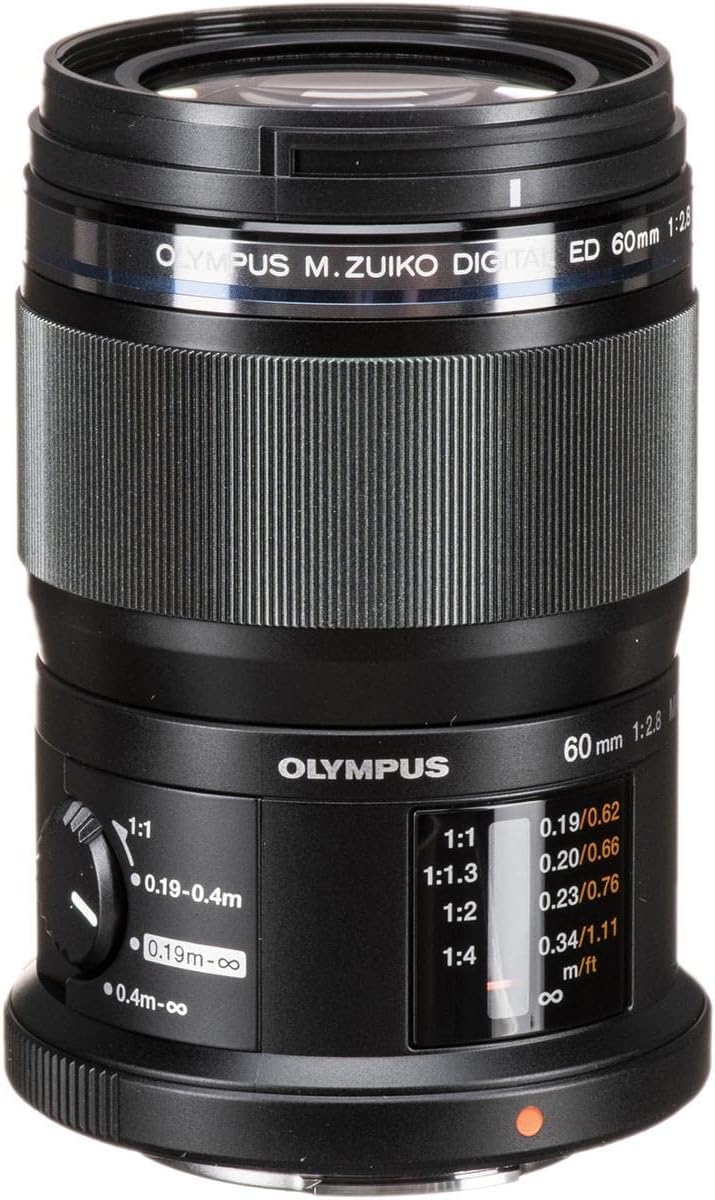
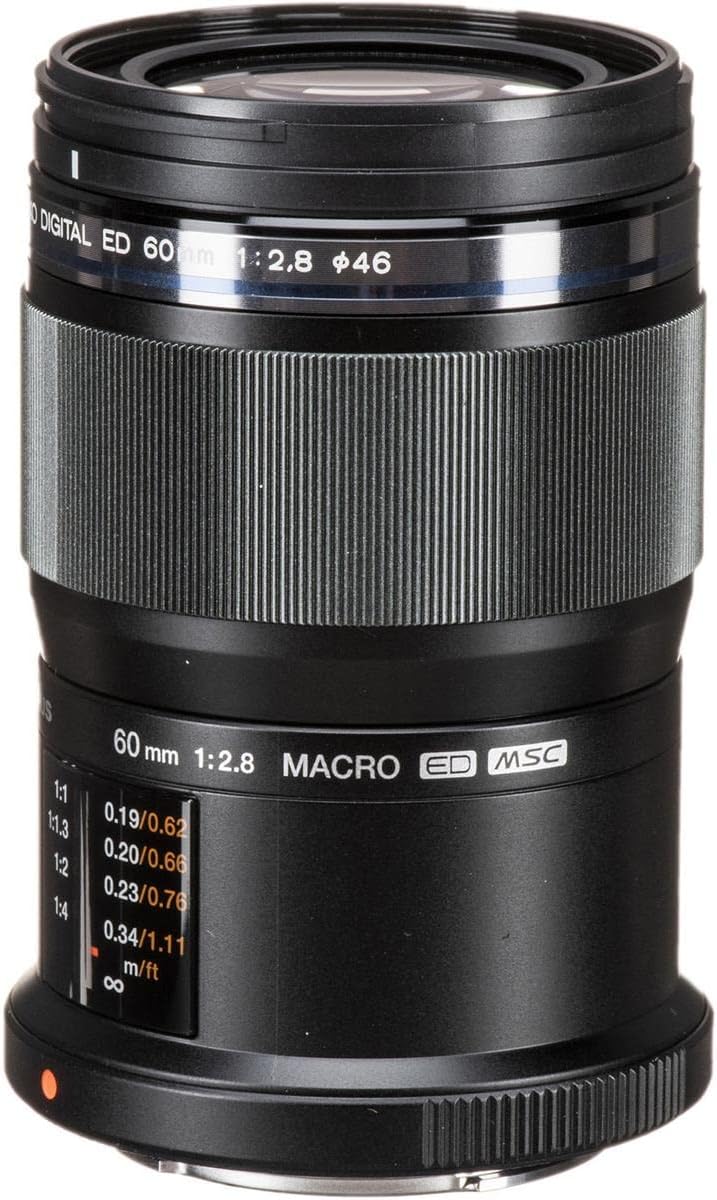
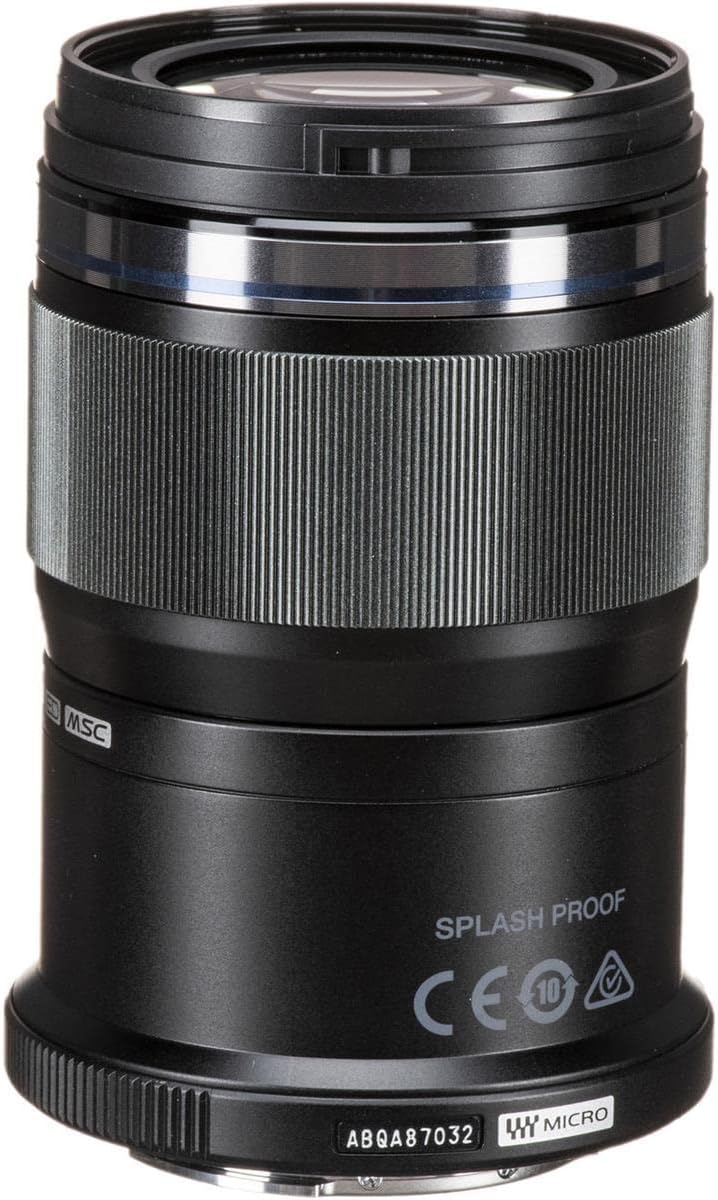
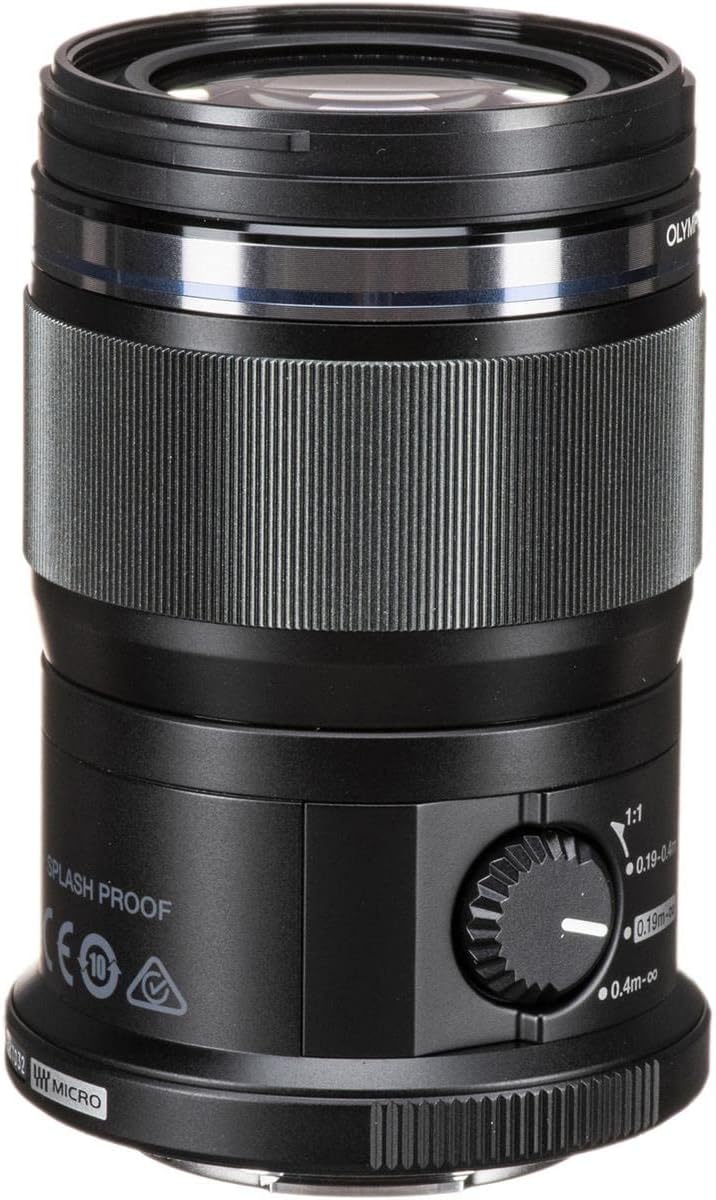


Stoney –
> Comparision with Leica – Lumix Macro; especially use on Lumix cameras
PRICE, QUALITY, AND PERFORMANCE> PRICE: about$ 500 for the Zuiko vs $1000 for the Leica.> QUALITY: The fit and finish of both lenses in very good, maybe a little higher for the Leica. The Leica is “prettier”, but on the camera the Zuiko is more impressively “techy”.>> A number of reviewers report manufacturing flaws in the Zuiko. Quite a few Leica purchasers (including myself) report that the autofocus system fails and the first Lumix 14-42mm PZ lens I received had a heavy haze on internal lens elements. I suggest purchasing only from Amazon, because return postage is free on defective items, and they will ship a new item even before you return the defective one.> PERFORMANCE: Professional reviews based on exhaustive tests rate the Zuiko as sharp or sharper than the Leica.LENSHOODS> The optional Zuiko lenshood is exceptional–the best lenshood I’ve ever used. When you want to use it, you just slide it forward. When you want to stow the lens, you just slide the lenshood back, where it protects the lens.> The supplied Leica lenshood is totally inadequate, and as far as I can tell, there are no suitable lenshoods available which are specifically sold for this lens.SIZE AND SHAPE–(and in-camera flash)> The Zuiko does not get in the way of the in-camera flash (albeit you may have to retract the lenshood at the highest magnifications). Like all Panasonic Lumix/Lieca lenses, the Lieca is unnecessarily fat, as fat as a comparable 35mm film lens. It is so fat that it gets in the way of the in-camera flash (of my Lumix GX7).> The Zuiko is tall and skinny, and will probably rattle around in a compartment by itself. The Leica is short, and easy to store in a gadget bag, e.g., it can be stacked in a compartment with another short lens.FOCAL LENGTH AND WORKING DISTANCE> The Zuiko is 60mm (=120mm 35mm equivalent). The Leica has a focal length of 45mm (=90mm 35mm equivalent). So, the Zuiko is 1 1/2 times “longer” focal length, which basically means that your subject is 1 1/2 times farther away.–> The greater working distance is a benefit for true macrophotography; but often a hindrance for larger subjects. With the Zuiko a 12″ high subject is ~6′ away; with the the Leica is ~4′ away–> When working with the Zuiko, when I want to photograph a cluster of flowers (say 12″ in diameter), I often find myself wishing for a shorter focal length lens–indeed, I usually switch to my Lumix 14-42mm PZ. Other effects of the longer focal length of the Zuiko are:–> Increases the effect of shake–so tripods, flashes, etc. are more necessary with the Zuiko.–> Photographing objects larger than about 12″ tall, the greater distance requires a more powerful flash, and it is harder to position the flash at 45 degrees to the subject (which is ideal for most subjects).–> You can waste a lot of time switching to a shorter focal length lens, and back to the Zuiko macro, etc.–> In a pinch, the Leica can be used as a copystand lens, say to copy a page from a book; practically speaking the Zuiko cannot.–> The relatively short working distance of the Leica means that arranging lighting at the best angle may often be impossible at high magnifications (say for subjects less than 1″ tall) because the lens body is in the way. Indeed it is often difficult to properly light some subjects, say 1/2″ tall, even with the Zuiko.> Neither lens is suitable for high magnification work (meaning magnification greater than 1:1 with bellows or extension tubes), because of their long focal lengths and therefore the large amount of extension needed to achieve greater magnifications. For example theÂ
Stoney –
James P. Garin –
Sharp, very quick to focus and works well on a Panasonic GX1
I happen to own the Panasonic Leica designed 45mm macro, and just spent a day doing comparison testing. These are very different lens, both in size and function.Here are the basic differences:Panasonic 45mm:1. Has reduced focus and full focus, nothing else.2. Is very short3. In macro mode, unlike every other lense I have used, this one stays very bright. This is good for focus, but bad for flash control, as even the built in flash will over expose images (cannot turn down enough). Between this lense and the Oly, there is more than an f stop difference in clos macro, while the same for normal distances.Note: You can test this by setting the camera to manual, using the same setting in the same lighting and shooting the same object. At normal distances, they are the same, but in close macro, the oly images, with the same magnification, are darker.Olympus 60mm:1. Has an extra setting that will limit the focus from .19 to .4 meters, if all you are doing is macro. Reduces focus time, saves battery and greatly reduces hunting.2. Like every other macro lense, this one has a higher f stop than it shows when you get really close. As it so happens, the extra working distance and this mean the automatic strobe work great all the way to 1 to 1.3. This is a light, very long lens.Image quality seems great with both lens, but at the same magnification you get better working distance (good), less light light to the camera (bad), great auto strobe control (good) and reduced depth of field at the same f stop (might be good or bad).As both oly and pany use contrast detection, how you have the camera set to focus and how much contrast the target has are important. More so with the oly when in macro mode, because less light is getting thru. I tried spot focus, and at one to one, in normal room light, the camera would not focus at all. Switch to a single spot, and I just had to be careful where the camera was pointed at. Use all the focus spots, and it worked very well. As different micro 4/3rd camera’s have different options, these results may vary.I like the lens, used correctly I find it fast, accurate and fun to shoot with. Not shot test images at really high f stops, but will in the next week.
James P. Garin –
user name –
This review is for: Olympus M. Zuiko 60mm F/2.8 LensThis is a great lens. Handling is weird.I have both this lens as well as the Panasonic 30mm macro lens. Optically, they are both absolute jewels. The 30mm get the nod from me for copy work where the shorter working distance doesn’t matter but (slightly) sharper corners matter. For nature and non-flat objects, the 60mm gives more room for lighting and is blisteringly sharp.I wish the 60mm handled like the 30mm (simple) but it doesn’t. This is where it gets weird. It has a focus limiter switch (pictured) with 3 ranges. Beyond those, the limit switch is spring loaded. It took me awhile to figure out what it was doing: It takes the lens to 1:1. Okay, ‘weird’ all of a sudden becomes ‘genius’! lolOptically, the lens is superb, sharp already at f/2.8.For single-image capture of skittish objects, the greater working distance wins out over the 30mm macro lens.Combined with pixel shifting and the m4/3 sensor, I can obtain crisp images of small objects.With focus stacking, the results are equally satisfactory for small objects (although I still rely on bigger format cameras for larger subjects).This lens and micro four thirds are meant for macro photography.Great lens. Worth considering. Recommended without — okay, maybe with one! — reservation!
user name –
Amazon Customer –
Amazon Customer –
John –
Great macro lens if that is your only criteria for it. My only complaint when used on a Lumix G9 camera was a softness on distant landscapes. A tripod and remote shutter release might help but it was very hard to get a sharp result hand held. Even in good light at f5.6. I did set the setting on the lens to infinity.
John –
Gerhard Lepp –
Als Hobby Marco Fotograf mein lieblings objektiv
Gerhard Lepp –
Zakalin –
Macro de gran calidad.
Zakalin –